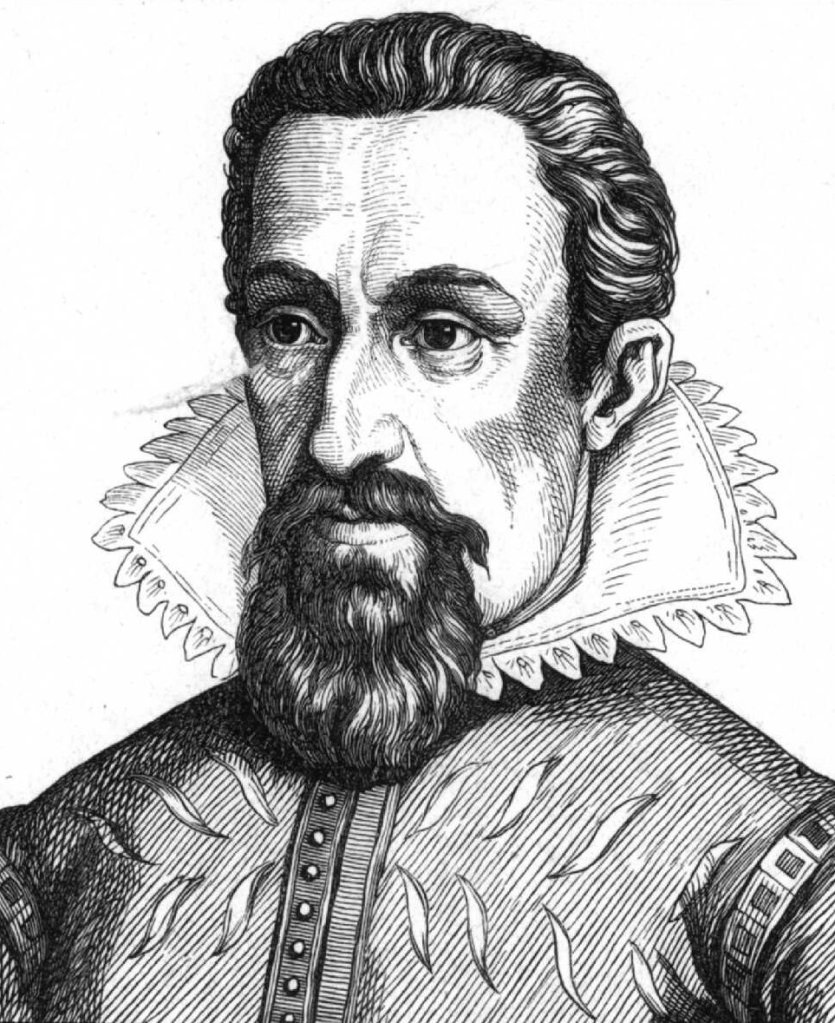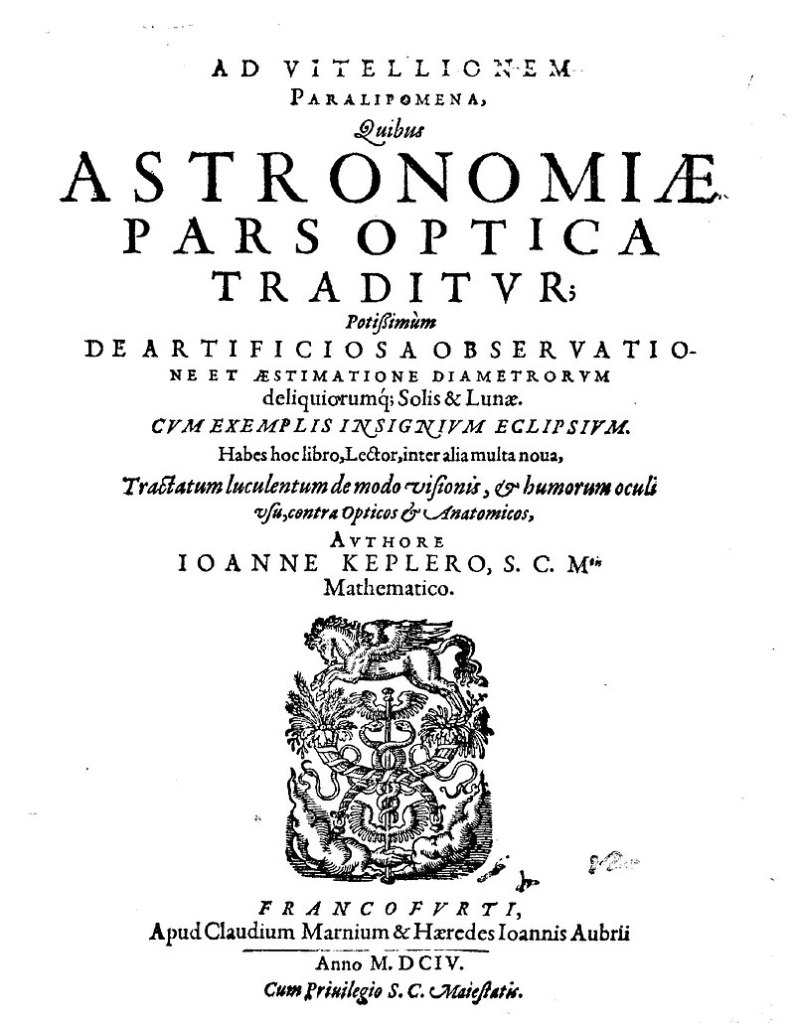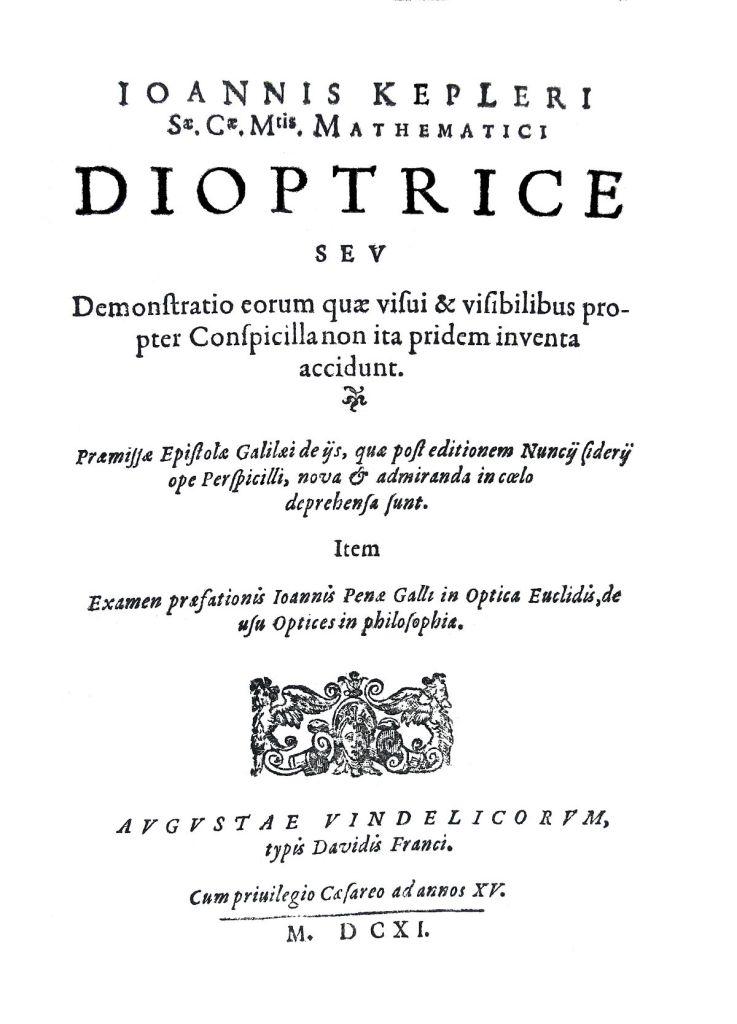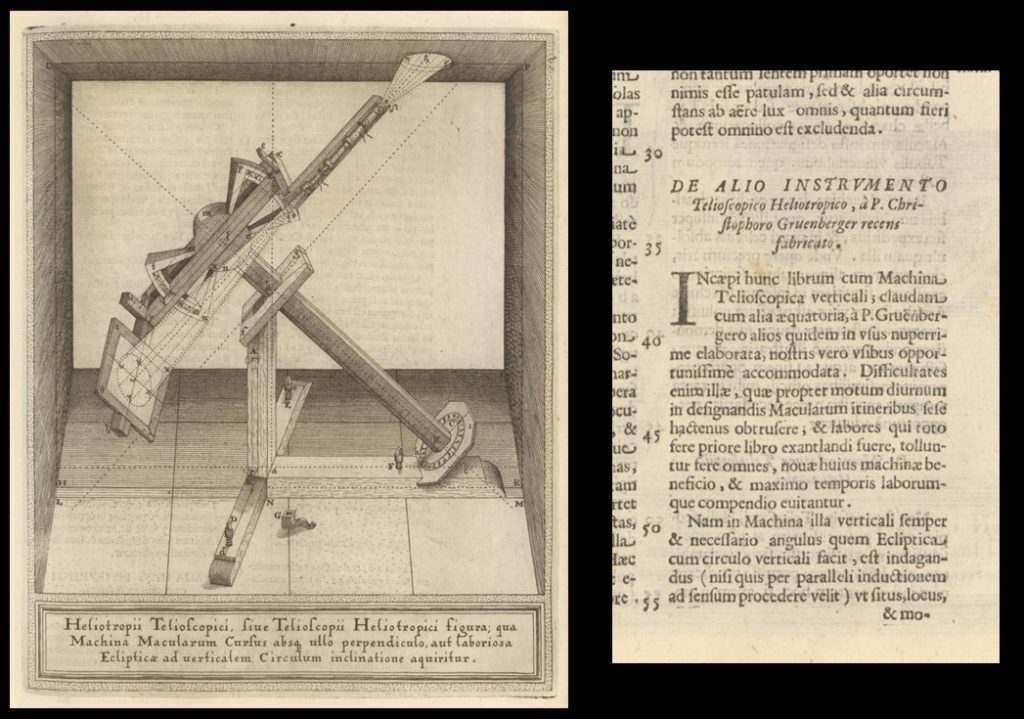I really shouldn’t but the HISTSCI_HULK is twisting my arm and muttering dark threats, so here goes. A week ago, we took apart Vedang Sati’s post 10 Discoveries By Newton That Changed The World. When I copied it to my blog, I removed the links that Sati had built into his post. I then made the mistake of following his link to his post on Kepler, so here we go again.

7 Ways In Which Johannes Kepler Changed Astronomy
Johannes Kepler was a German astronomer who discovered the three laws of planetary motion. Apart from his contributions to astronomy, he is also known to have pioneered the field of optics. In this post, let’s read some amazing facts about Kepler and his work.
He obviously doesn’t rate Kepler as highly as he rates Newton, so the introduction is less hagiographic this time. However, it does contain one quite extraordinary claim, when he writes, “he is also known to have pioneered the field of optics.” Optics as a scientific discipline was pioneered by Euclid, who lived in the fourth century BCE, so about two thousand years before Kepler. There were also quite a few people active in the field in the two millennia in between.
Early Affliction
He suffered from small pox at a very early age. The disease left him with weak eyesight. Isn’t it wonderful then how he went on to invent eyeglasses for near-eye and far-eye sightedness.
Kepler did indeed suffer from smallpox sometime around the age of four, which almost cost him his life and did indeed leave him with damaged eyesight. However, Kepler did not invent spectacles of any type whatsoever. The first spectacles for presbyopia, far-sightedness occurring in old age, began to appear in the last decades of the thirteenth century CE. Spectacles for myopia, short-sightedness, were widely available by the early fifteenth century. What Kepler actually did was to publish the first scientific explanation of how lenses function to correct defects in eyesight in his Astronomiae Pars Optica (The Optical Part of Astronomy), in 1604. Francesco Maurolico (1494–1574) actually gave the correct explanation earlier than Kepler in his Photismi de lumine et umbra but this was only published posthumously in 1611, so the credit for priority goes to Kepler

Introduction to Astronomy
Kepler’s childhood was worsened by his family’s financial troubles. At the age of 6, Johannes had to drop out of school so to earn money for the family. He worked as a waiter in an inn.
As Kepler first entered school at the age of seven, it would have been difficult for his schooling to have been interrupted when he was six. His primary schooling was in fact often interrupted both by illness and the financial fortunes of the family.
In the same year, his mother took him out at night to show him the Great Comet of 1577 which aroused his life-long interest in science and astronomy.
Yes, she did!
Copernican Supporter
At a time when everyone was against the heliocentric model of the universe, Kepler became its outspoken supporter. He was the first person to defend the Copernican theory from a scientific and a religious perspective.
Not everyone was opposed to the heliocentric model of the universe, just the majority. Poor old Georg Joachim Rheticus (1514–1574), as the professor of mathematics, who persuaded Copernicus to publish De revolutionibus, he would be deeply insulted by the claim that Kepler was the “first person to defend the Copernican theory from a scientific and a religious perspective.” Rheticus, of course, did both, long before Kepler was even born, although his religious defence remained unpublished and was only rediscovered in the twentieth century. Rheticus was not the only supporter of Copernicus, who preceded Kepler there were others, most notably, in this case, Michael Mästlin (1550–1631), who taught Kepler the Copernican heliocentrism.
Contemporary of Galileo
Galileo was not a great supporter of Kepler’s work especially when Kepler had proposed that the Moon had an influence over the water (tides). It would take an understanding many decades later which would prove Kepler correct and Galileo wrong.
It is indeed very true that Galileo rejected Kepler’s theory of the tides, when promoting his own highly defective theory, but that is mild compared to his conscious ignoring of Kepler’s laws of planetary motion, which were at the time the most significant evidence for a heliocentric cosmos.
Pioneer of Optics
Kepler made ground-breaking contributions to optics including the formulation of inverse-square law governing the intensity of light; inventing an improved refracting telescope; and correctly explaining the function of the human eye.
Kepler’s contributions to the science of optics were indeed highly significant and represent a major turning point in the development of the discipline. His Astronomiae Pars Optica does indeed contain the inverse square law of light intensity and the first statement that the image is created in the eye on the retina and not in the crystal lens.
However, that he invented an improved telescope is more than a little problematic. When Galileo published his Sidereus Nuncius in 1610, the first published account of astronomical, telescopic discoveries, there was no explanation how a telescope actually functions, so people were justifiably sceptical. Having written the book on how lenses function with his Astronomiae Pars Optica in 1604, Kepler now delivered a scientific explanation how the telescope functioned with his Dioptrice in 1611.

This contained not just a theoretical explanation of the optics of a Dutch or Galilean telescope, with a convex objective and a concave eyepiece, but also of a telescope with convex objective and convex eyepiece, which produces an inverted image, now known as a Keplerian or astronomical telescope, also one with three convex lenses, the third lens to right the inverted image, now known as a field telescope, and lastly, difficult to believe, the telephoto lens. Kepler’s work remained strictly theoretical, and he never constructed any of these telescopes, so is he really the inventor? The first astronomical telescope was constructed by Christoph Grienberger (1561–1636) for Christoph Scheiner (c. 1573–1650) as his heliotropic telescope, for his sunspot studies.

Is the astronomical telescope an improved telescope, in comparison with the Dutch telescope? It is very much a question of horses for courses. If you go to the theatre or the opera then your opera glasses, actually a Dutch telescope, will be much more help in distinguishing the figure on the stage than an astronomical telescope. Naturally, the astronomical telescope, with its wider fields of vision, is, as its name implies, much better for astronomical observations than the Dutch telescope once you get past the problem of the inverted image. This problem was solved with the invention of the multiple lens eyepiece by Anton Maria Schyrleus de Rheita (1604–1660), announced in Oculus Enoch et Eliae published in 1645, although he had already been manufacturing them together with Johann Wiesel (1583–1662) since 1643.
Helped Newton
His planetary laws went on to help Sir Isaac Newton derive the inverse square law of gravity. Newton had famously acknowledged Kepler’s role, in a quote: “If I have seen further, it is by standing on the shoulders of giant(s).
Sati is not alone in failing to give credit to Kepler for his laws of planetary motion in their own right, but instead regarding them merely as a stepping-stone for Newton and the law of gravity. Kepler’s laws of planetary motion, in particular his third law, are the most significant evidence for a heliocentric model of the cosmos between the publication of De revolutionibus in 1543 and Principia in 1687 and deserve to be acknowledged and honoured in their own right!
Newton’s famous quote, actually a much-used phrase in one form or another in the Early Modern period, originated with Bernard of Chartres (died after 1124) in the twelfth century. Newton used it in a letter to Robert Hooke on 5 February 1675, so twelve years before the publication of his Principia and definitively not referencing Kepler:
What Des-Cartes [sic] did was a good step. You have added much several ways, & especially in taking the colours of thin plates into philosophical consideration. If I have seen further it is by standing on the sholders [sic] of Giants.
Kepler’s Legacy
There is a mountain range in New Zealand named after the famous astronomer. A crater on the Moon is called Kepler’s crater. NASA paid tribute to the scientist by naming their exo-planet telescope, Kepler.
Given the vast number of things named after Kepler, particularly in Germany, Sati’s selection is rather bizarre, in particular because it is a mountain hiking trail in New Zealand that is named after Kepler and not the mountain range itself.
Once again, we are confronted with a collection of half facts and straight falsehoods on this website, whose author, as I stated last time has nearly 190,000 followers on Facebook.
Me: I told you that we couldn’t stop the tide coming in
HS_H: You’re not trying hard enough. You’ve gotta really STOMP EM!
Me: #histsigh